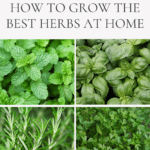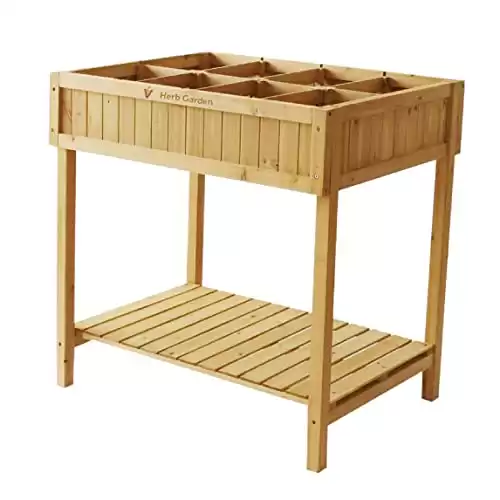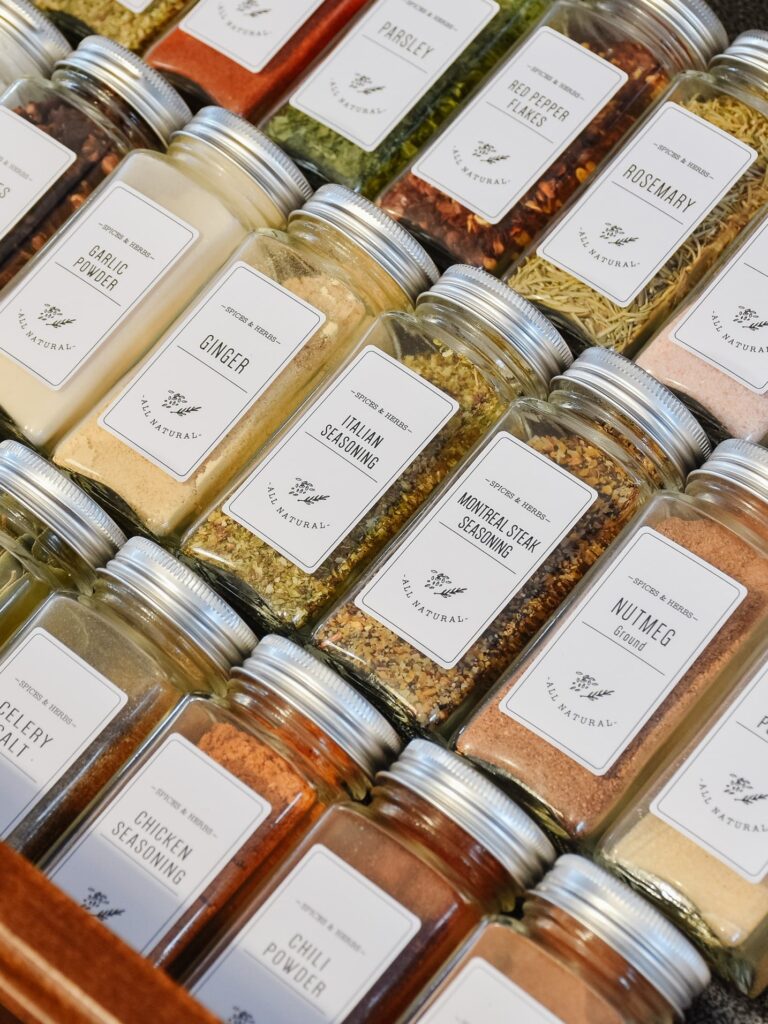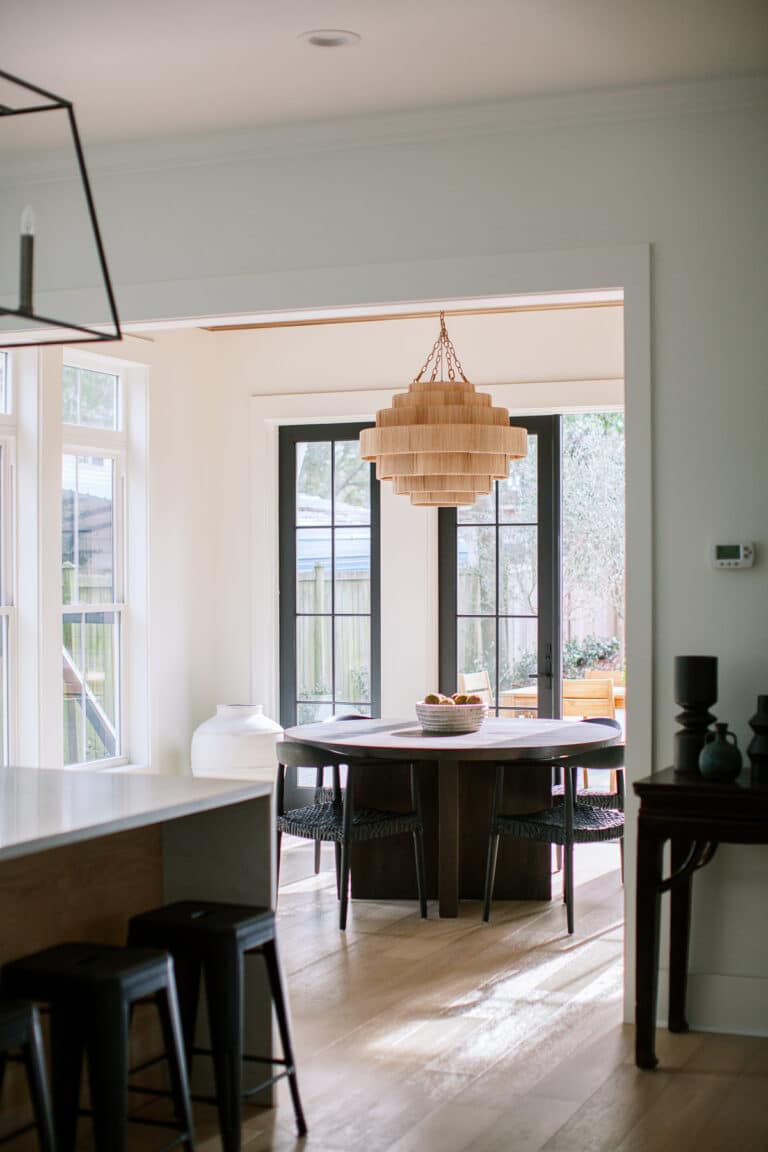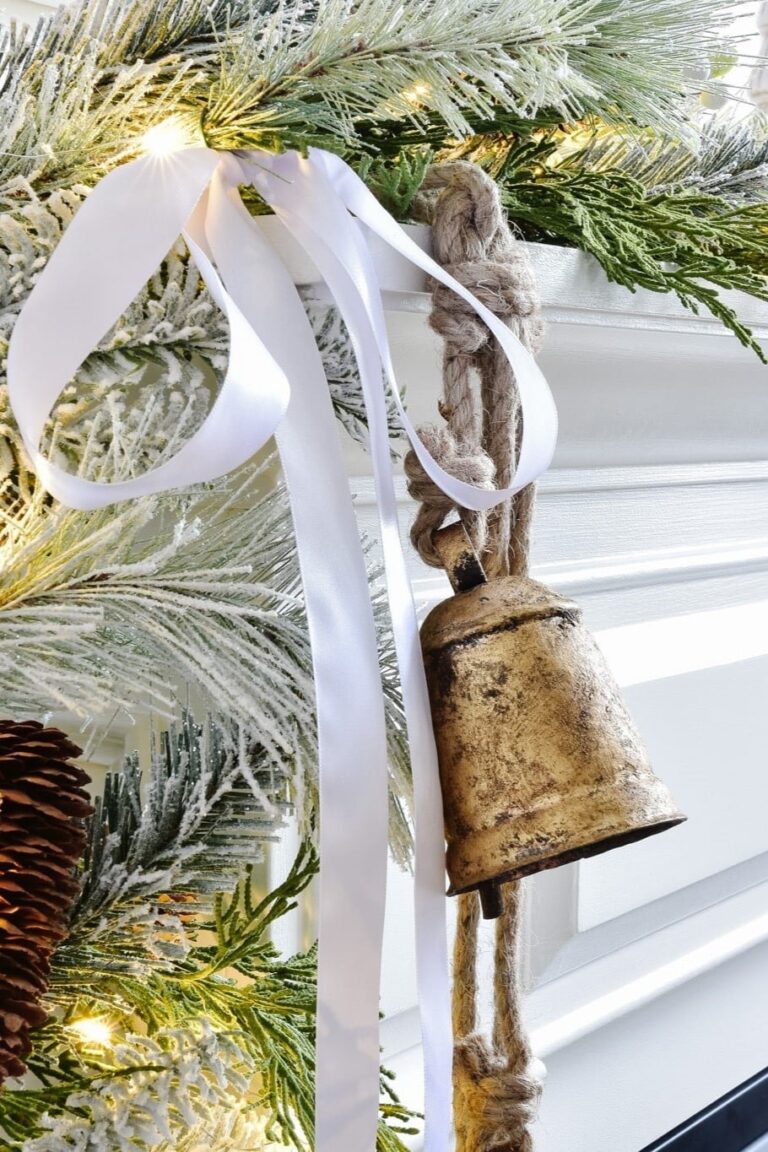Beginner’s Guide: Growing the Best Herbs at Home
Fresh herbs can boost flavor and make your recipe an all-time favorite. To make it even more satisfying, what if the spices resulted from your gardening skills? If you are a beginner gardener or just looking for expert advice, these are the best herbs to try at home.
This post contains affiliate links; see disclosure for more information.

Growing Your Own Herbs
Growing your own herbs is such a great way to add fresh flavors to your cooking, and it’s easier than you might think. Even if you don’t have a green thumb or much experience with gardening, you can still create a thriving herb garden at home.
In New Brunswick, Canada, I wait patiently as early spring slowly reaches temperatures where we can spend more time outdoors. The growing season is at the top of our minds, and I can’t wait to get my hands dirty so I can enjoy the smell of fresh dirt, herbs, and flowers.
To start, you’ll need basic supplies, including pots or containers, soil, and seeds or seedlings. You’ll also want to consider the placement of your herb garden – herbs typically require full sun, so choose a location that gets at least six hours of direct sunlight each day.
Now, onto the herbs themselves. With so many to choose from, it can be difficult to know where to start. To simplify things, I’ve compiled a list of the ten best herbs to grow at home and have included everything you need to know to get started.
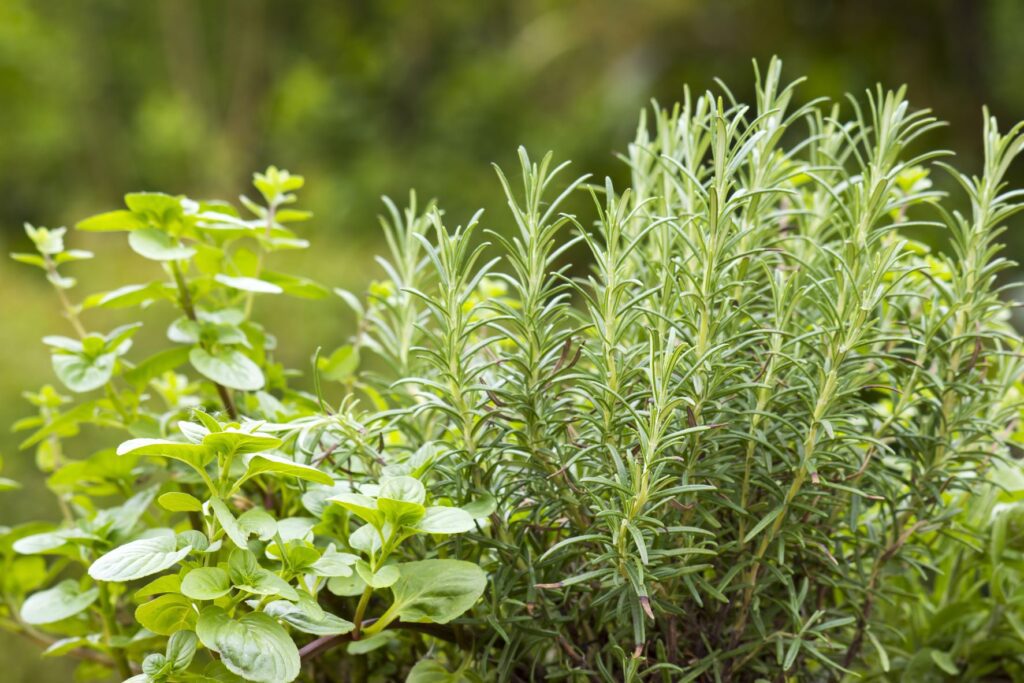
The Benefits of Having Fresh Herbs at Home
- Not only do fresh herbs add flavor to your dishes, but they are also packed with health-boosting nutrients that can benefit a healthy lifestyle. For instance, basil is a good source of vitamin K, which may help with blood clotting and bone health, while rosemary contains antioxidants that may help reduce inflammation and improve brain function.
- Herbs also have medicinal benefits that can support overall wellness. For instance, chamomile is known for its calming effects. Chamomile herbal tea can help reduce anxiety and promote better sleep. Ginger is another anti-inflammatory herb that can relieve nausea and reduce muscle pain.
- One of the best things about growing your own herbs is that it’s an effective way to save money. Instead of buying pre-packaged herbs from the store that can go bad quickly, you can clip the amount you need from your own herb garden and let them regrow for future use.
- In addition to their health benefits and cost savings, herbs can also enhance the beauty of your home. Whether you have a window box, garden, deck, or balcony, herb plants can be a beautiful addition to any space, adding color and fragrance to your surroundings.
How to Grow Fresh Herbs at Home
Tips to Grow Herbs Outdoors
If you love to cook with fresh herbs, keeping them close to your home for quick and easy access is best. Here are some helpful tips that you can follow to achieve this:
1. Choose attractive pots for your herbs: If you have limited space, you can still grow the best herbs at home by choosing separate pots that can be placed near garden beds, on your deck, or balcony. When selecting pots, consider the size of the herbs you want to grow and ensure that the pots have sufficient drainage holes.
2. Use a raised garden: If you have enough space, consider using a footed raised garden instead of individual pots. Raised gardens offer several benefits, including good drainage, improved soil quality, and less bending or kneeling when planting or harvesting herbs. They also provide better visibility and easier access to your herbs.
3. Add to an existing garden box: If you have an outdoor drill garden or raised garden box, you can add herbs to it. This is a great way to maximize the space you have and keep all your herbs in one place. Just ensure that the herbs you choose are compatible with the other plants in the box.
4. Perennial herbs are also a great option; you don’t have to replant them yearly. You can plant perennial herbs like lemon balm, sage, lavender, chamomile, and more depending on which zone you live in. These are best options to grow at home if you have the land available and extended seasons for herbs to flourish into mature plants.
Seeds vs. Seedlings
If you are new to gardening or want to save time, you might want to consider purchasing seedlings from a local garden center or nursery. Seedlings are young plants grown for a few weeks or months before being sold. They are usually sold in small pots and are ready to be planted in your garden. These new plants can be a good choice if you are looking to see results quickly, as they have already gone through the initial growing stages and are ready to be transplanted into your garden.
On the other hand, if you have some experience with gardening or are looking for a challenge, you might want to try starting your herbs from seeds. Starting your plants from seeds can be a fun and rewarding experience. It allows you to have complete control over the growing process and can be an excellent way to learn about the different stages of plant growth.
When deciding between seeds and seedlings, consider the length of your gardening season. If you live in an area with a shorter growing season, you might want to start with seedlings to ensure that you have enough time to see your plants grow and mature.
However, if you live in an area with a longer growing season, you can try starting your plants from seeds and save money. Remember that starting your plants from seeds requires more time and effort than buying seedlings, but the result can be very rewarding.
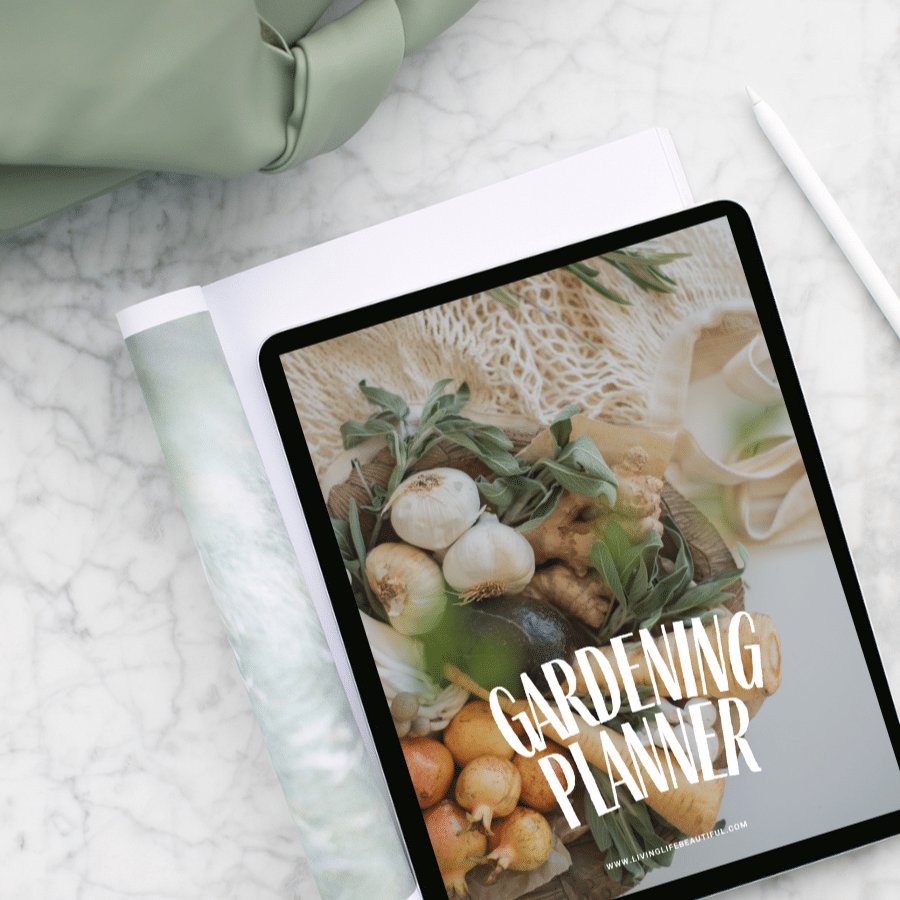
Get a free Gardening Planner
when you join My newsletter
window.fd(‘form’, { formId: ‘66316214456742fa1fdbad48’, containerEl: ‘#fd-form-66316214456742fa1fdbad48’ });10 Easiest Herbs to Grow at Home
If you are new to herb gardening, try starting with one to three of your favorites, and once you see how incredibly simple and satisfying this is, you can continue to add more. I highly recommend Proven Winners when sourcing your seeds.
1. Parsley

Parsley is the number one must-have for every herb garden. This easy-care plant can be added to many recipes and looks excellent as a garnish.
Parsley can be used in soups and sauces, added to cooked vegetables, or used as garnish with flat-leaf or curly versions.
It has a amazing amount of vitamin C and contains vitamin A, multiple B vitamins, iron, and calcium.
2. Basil

Basil is a herb used around the world. It can be added to many protein dishes, as well as rice, potatoes, and sauces.
Its fragrance is easily identified, and it thrives in the sun. There are many varieties, so you can try different ones to find your favorite.
Harvest basil by clipping the new growth before it flowers.
3. Rosemary

When cooking with a BBQ, rosemary is a favorite at our house. With long stems, you can easily cut a piece and add it to BBQ vegetables and meat.
Originally Mediterranean, Rosemary means “dew of the sea.” We are fortunate that this fine herb will now thrive in our climate.
You can remove the leaves from the sprigs when cooking; some recipes call for the whole stem of the rosemary plant.
4. Mint

Who doesn’t love a good cocktail? This spearmint scent is impressive, and this herb is a mojito must. You can also add a little mint with lemon to a glass of water for a fresh summery drink.
In essential oils, peppermint is a scent that can motivate you. It helps keeps you alert as well as many other medicinal benefits.
5. Chives
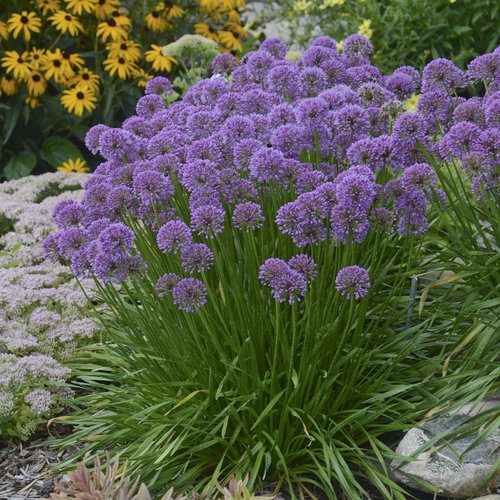
Garlic chives are both beautiful and edible. The purple ball flowers can bring beauty to your herb garden for several weeks during their blooming time.
There are varieties of chives, and all will give a light onion flavor to a chosen dish. This herb is one of the best to grow at home.
6. Thyme

Common thyme has purple flowers when it blooms and will attract beautiful butterflies to your garden.
This herb pairs well with rosemary and sage and can be used with meat, tomatoes, and potatoes.
Bring your planter indoors and add this to your kitchen decor for a year-round option.
7. Oregano

Another butterfly favorite is oregano. This herb is famous in Italian, Greek, and Mexican dishes and dries nicely. A must in a culinary garden.
There are many varieties, so oregano is another herb you can sample until you find your preferred flavor.
8. Dill

Plant dill in your garden to create a wispy, feather-like effect. This herb will attract bees and butterflies and is very easy to care for.
Dill is used in many fish recipes, especially salmon. It can also be added to salads and stir-fries; and when canning the famous dill pickle.
If you plant this herb directly in the ground, it tends to spread, so keep this in mind.
9. Sage
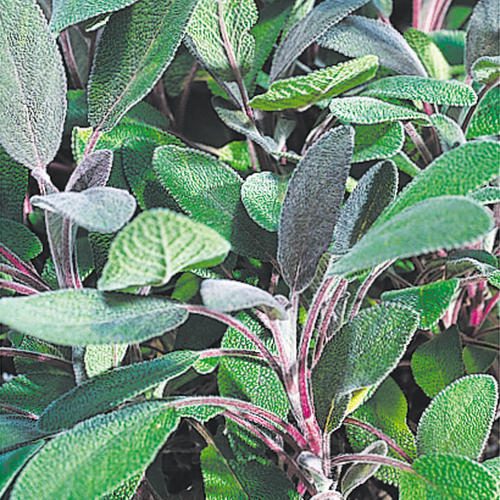
Let the soft velvet leaves of sage add a little texture to your herb garden.
This herb will attract hummingbirds and can be a beautiful addition to a border or landscaped garden.
Use Sage with pork, sausages, and marinades. You will have many varieties to choose from.
10. Lavender

Last but not least, lavender is one of the more popular herbs. Its pretty purple-blue flowers have a scent that everyone needs in their lives.
This herb brings you peace, calm, and tranquility. It smells lovely, fresh or dried, and can be used as an essential oil, especially before resting, to give you a great night’s sleep.
Best Way to Care for Fresh Herbs
If you’re planning to grow herbs in a container, it’s important to keep in mind that they will require more water than if you were planting them in the ground. This is because the garden soil in a container tends to dry out more quickly, causing the plants to become dehydrated if not watered regularly. In addition, when growing herbs in a container, you’ll want to ensure the soil is well-draining to prevent water from accumulating and potentially causing root rot.
When it comes to fertilizer, it’s a personal choice whether or not to use it. Some gardeners prefer to add fertilizer to their container herbs to help give them a boost of nutrients, while others find that a good-quality potting mix is enough to sustain their plants. If you decide to add fertilizer, follow the instructions on the package carefully to avoid adding too much fertilizer, which can be harmful to your herbs.
As you harvest your herbs, you’ll notice that new growth appears in their place. This is because pruning encourages the plant to produce more fresh leaves and stems. Regular harvesting will provide you with fresh herbs for your cooking needs, it helps keep the plant healthy, and encourages further growth. So, don’t be afraid to trim your herbs frequently and enjoy the harvest!
Is Indoor Herbs an Option?
If you love cooking with fresh herbs, you might find keeping a steady supply all year round challenging, especially in winter months.
In this case, you can opt for indoor herb gardening to ensure that you always have fresh herbs available. You can use small pots or planters specifically designed for indoor herbs to do this effectively. These planters will allow you to grow herbs like basil, mint, and parsley all year round, regardless of the season.
Moreover, you can control the temperature, humidity, and light levels, ensuring that your herbs get all the nutrients they need to thrive. With indoor herb gardening, you don’t have to worry about the weather conditions or the availability of fresh herbs in the market. Instead, you can enjoy fresh herbs any time you want, simply by picking them from your indoor garden.
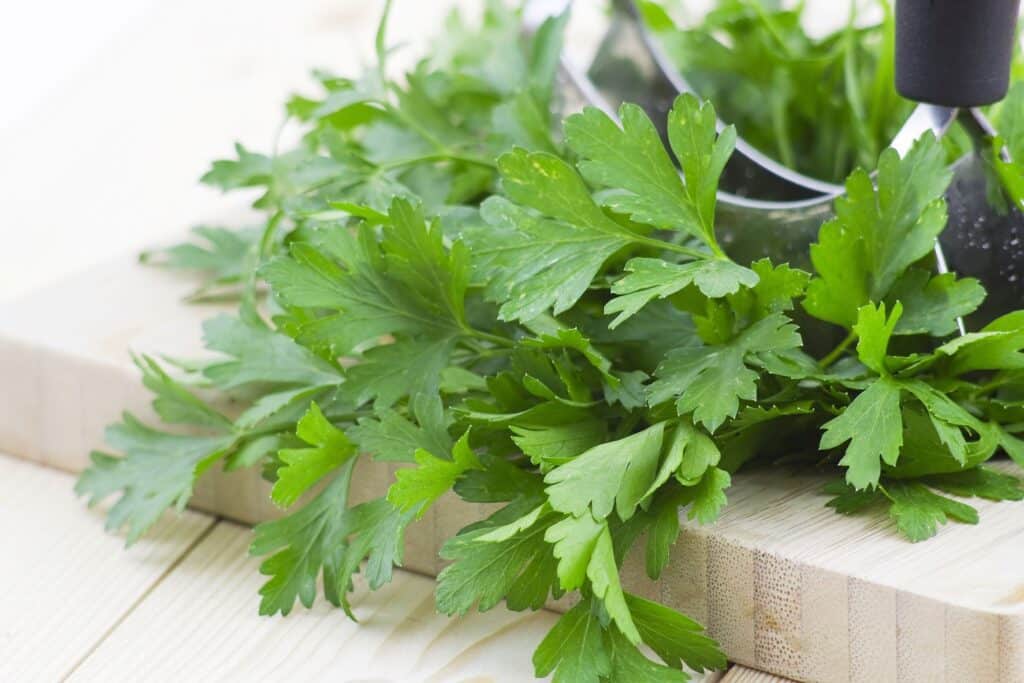
These tips will help you succeed in your gardening journey as you grow herbs at home. Check your garden daily, water regularly, and your herbs will flourish for your next meal.
Related Posts:
- The Many Uses & Benefits of Lavender Essential Oil
- The Essential 10 Tools for Gardening Beginners
- Easy Yard Maintenance Routine

Hey there, I’m Cheryl
I’m a proud mom, wife, business professional, and Maritimer who loves decorating and organization. From daily essentials to interior design, join me as I share my next project, plan, or tutorial. Using simple planning and organization strategies, I aim to help folks like you bring more beauty and harmony into your lives and living spaces.
What’s next?
Are you looking for guidance on your next DIY project? Whether you’re gardening, organizing, cleaning, or painting, I have easy DIYs for you to try! Here are step-by-step instructions to help you take on your next project.

